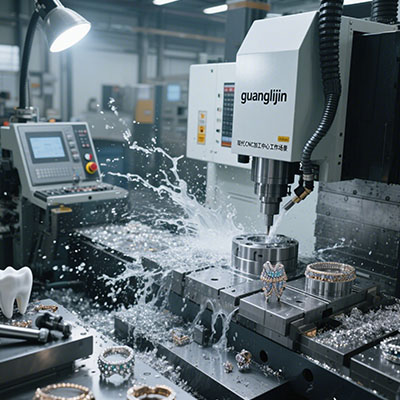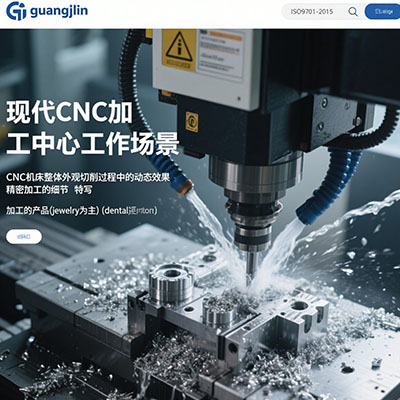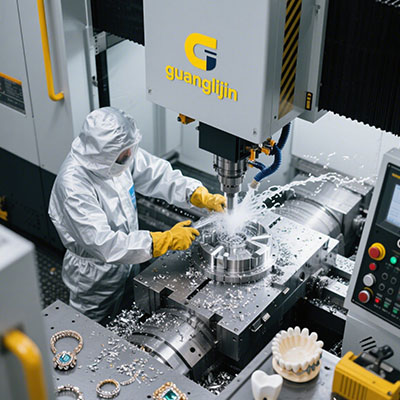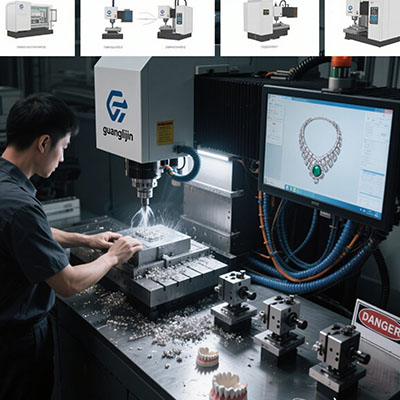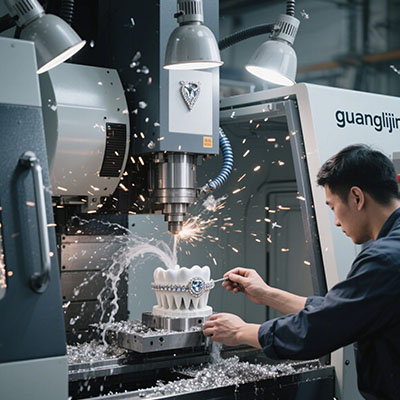Six Axis CNC for Aerospace Complex Components
Why Aerospace Manufacturing Demands Six Axis CNC
The aerospace industry faces unique challenges: complex geometries, tight tolerances (±0.0005″), and exotic materials like titanium alloys. Traditional 3-axis machines simply can’t handle these demands. That’s where six axis cnc systems shine.
Interestingly, Boeing reports 37% faster production times with 6-axis CNC versus 5-axis for turbine blades (Boeing Manufacturing Report, 2024). The additional rotational axis allows simultaneous machining from all angles.
Key Advantages Over Traditional CNC
| Feature | 3-Axis CNC | Six Axis CNC |
|---|---|---|
| Undercut Capability | Requires repositioning | Direct machining |
| Surface Finish | RA 3.2μm typical | RA 0.8μm achievable |
| Setup Changes | 5-7 per complex part | 1-2 typically |
However, it’s not just about axes count. The real magic happens in the synchronized movement algorithms.
Step-by-Step: Machining Aerospace Brackets
- Mount titanium billet using cryogenic clamping (-196°C shrinkage fit)
- Program toolpaths with CAM software (we use HyperMill for 6-axis)
- Run simulation to check collision avoidance
- Execute roughing with 10mm endmill at 18,000 RPM
- Finish with 3mm ballnose cutter, leveraging full axis rotation
Common Pitfalls to Avoid
⚠ Attention: Many shops overlook these critical mistakes:
- Using 3-axis toolpaths on 6-axis machines (wastes 60% capability)
- Ignoring thermal compensation (causes 0.01mm drift/hour)
- Underestimating post-processing needs (some aerospace parts require 27-step deburring)
Real-World Case: Helicopter Gearbox Housing
Our team encountered a nightmare scenario in 2025. A client’s 5-axis machine couldn’t reach internal honeycomb structures. By switching to six axis cnc, we reduced machining time from 14 hours to 6.5 hours per unit.
The secret? The B-axis’ ±120° tilt allowed us to attack features from inside cavities. This is where terms like “simultaneous 6-axis milling” show real meaning.
Material Considerations
Aerospace loves difficult materials. Inconel 718, for example, requires:
- Reduced cutting speeds (50-60 SFM vs 400 SFM for aluminum)
- High-pressure coolant (1000+ PSI)
- Specialized tool coatings (AlTiN works best)
Surprisingly, the machine’s stiffness matters more than raw power. Vibration damping becomes crucial.
Implementation Checklist
✓ Verify CAM software supports true 6-axis toolpaths
✓ Conduct dry runs with 50% feedrate
✓ Calibrate rotary axes weekly (we found 0.003° misalignment causes 0.02mm error)
✓ Train operators on 6-axis kinematics (totally different from 3-axis thinking)
✓ Plan for 30% longer programming time initially
Frequently Asked Questions
Q: What’s the difference between 5-axis and six axis cnc machines?
A: 6-axis adds a second rotary axis (typically B-axis), enabling more complex tool angles without repositioning.
Q: How much does a industrial six axis cnc mill cost for aerospace?
A: Expect $450,000-$1.2M depending on work envelope and precision requirements.
Q: Can six axis cnc machines cut carbon fiber composites?
A: Yes, but requires special vacuum systems to contain fibers and modified tool geometries.
